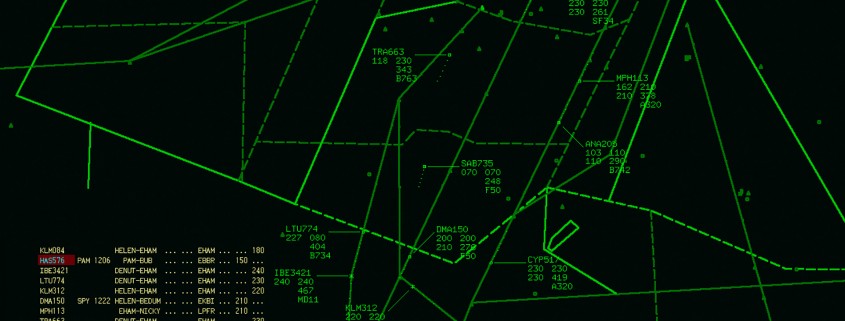From my couch in Amsterdam I am booking a flight to my next holiday destination in Asia, somewhere far away from a major Airport. To get there however, the flight schedules on my screen propose different transfers through so-called major hubs of Europe, i.e. Amsterdam Airport Schiphol, Heathrow or Frankfurt Airport. At the same time, the majority of hubs in Europe and elsewhere experience serious capacity constraints (see movie below). Whilst booking the flights I ask myself the question if this current hub-concept will last and if not what alternatives may look like.
Recently the publication by the Dutch council for the living environment questions the Dutch policies on Mainports due to global changes. Other upcoming countries are expanding their own networks undermining hubs in Europe already. An example is a Golf carrier flying regularly and directly with its Airbus 380 from Dubai to Manchester. This development may also be driven by the capacity constraints at Heathrow Airport.
Ultimately, if air-traffic grows further and the overall network intensifies, more alternatives route become available to get to my holiday destination bypassing the current major hubs. This does not mean that the amount of traffic through hubs decreases. Just like when the road network expanded in Western Europe more alternative routes became available and traffic on all routes increased.
In the above described potential trend the major aviation challenge will be to reduce the overall greenhouse gasses emissions, especially when this trend enfolds using current aircraft technology. Nevertheless NLR foresees opportunities in the area to optimise air traffic management networks further whilst at the same time reduce the greenhouse gasses emissions. Ultimately passengers can fly more directly and thus more efficiently when flights can connect to other flights everywhere in the airport network – instead of only via the currently used hubs.
By means of dedicated research, both on a national scale and internationally (e.g. in SESAR), NLR investigates the different air traffic network alternatives and their impact on air transport, passengers and society at large. Thus, we aim to give meaning to our drive for creating a more connected yet sustainable world.
